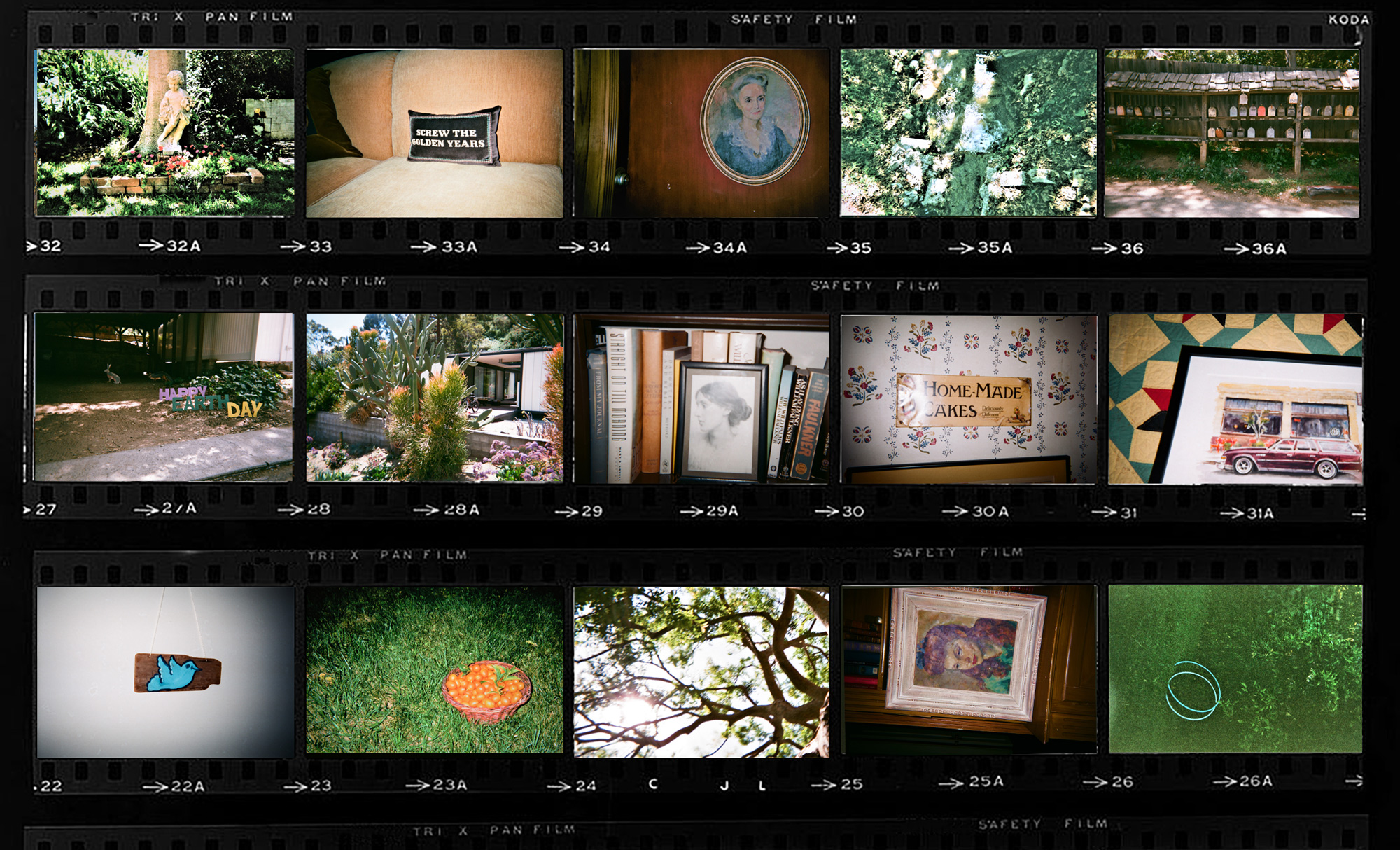You can’t go home again? With apologies to Mr. Wolfe, yes you can. I can and I do, several times a year, to the house, street, and neighborhood—Laurel Canyon—where I was born and grew up, and where the central figures of my memoir The Mighty Franks are finishing out what remains of their lives. Ever since the book was published I’ve been asked a lot of questions about this place and these people. When the questions have probed beyond the confines of the story, mainly out of respect to the living, I’ve declined to answer them. (People are not always so happy about that.) But I am pleased to welcome the paperback with a glimpse of the local landscape that means so much to the book and to me. The old technology of the disposable camera felt like a fitting instrument by which to capture a bit of this old (by LA standards) and atmospheric place I still think of as home.
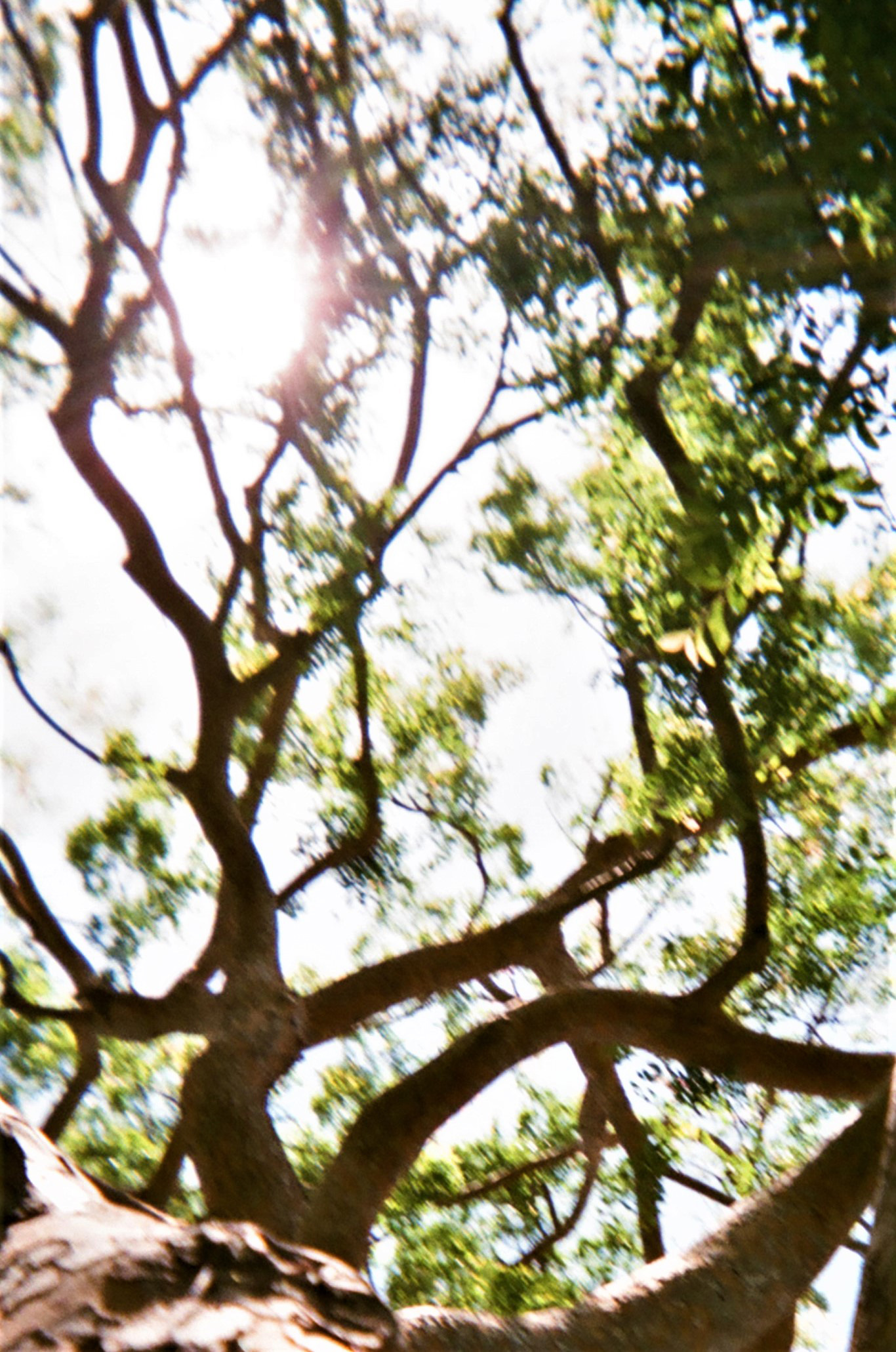
Japanese Elm
When this tree was planted in our garden on Greenvalley Road, we were the same size. Now it’s fifty feet tall; I, fortunately, am not.
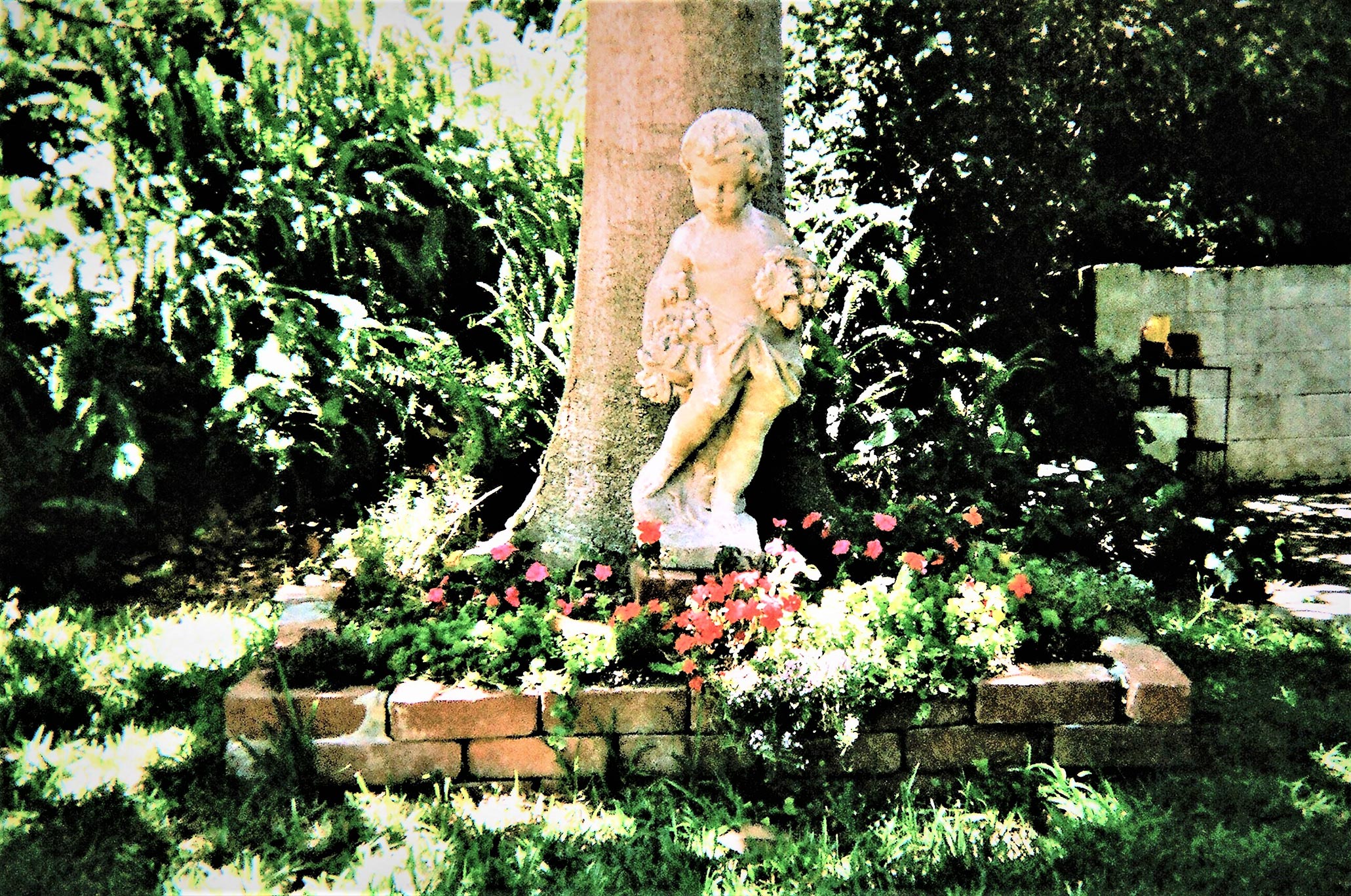
Putto
We too were once the same size, but now I am taller. This nod to the neoclassical is a vestige of my aunt’s decorating prowess, which once extended to every corner of my parents’ house; but my mother eventually took care of that.
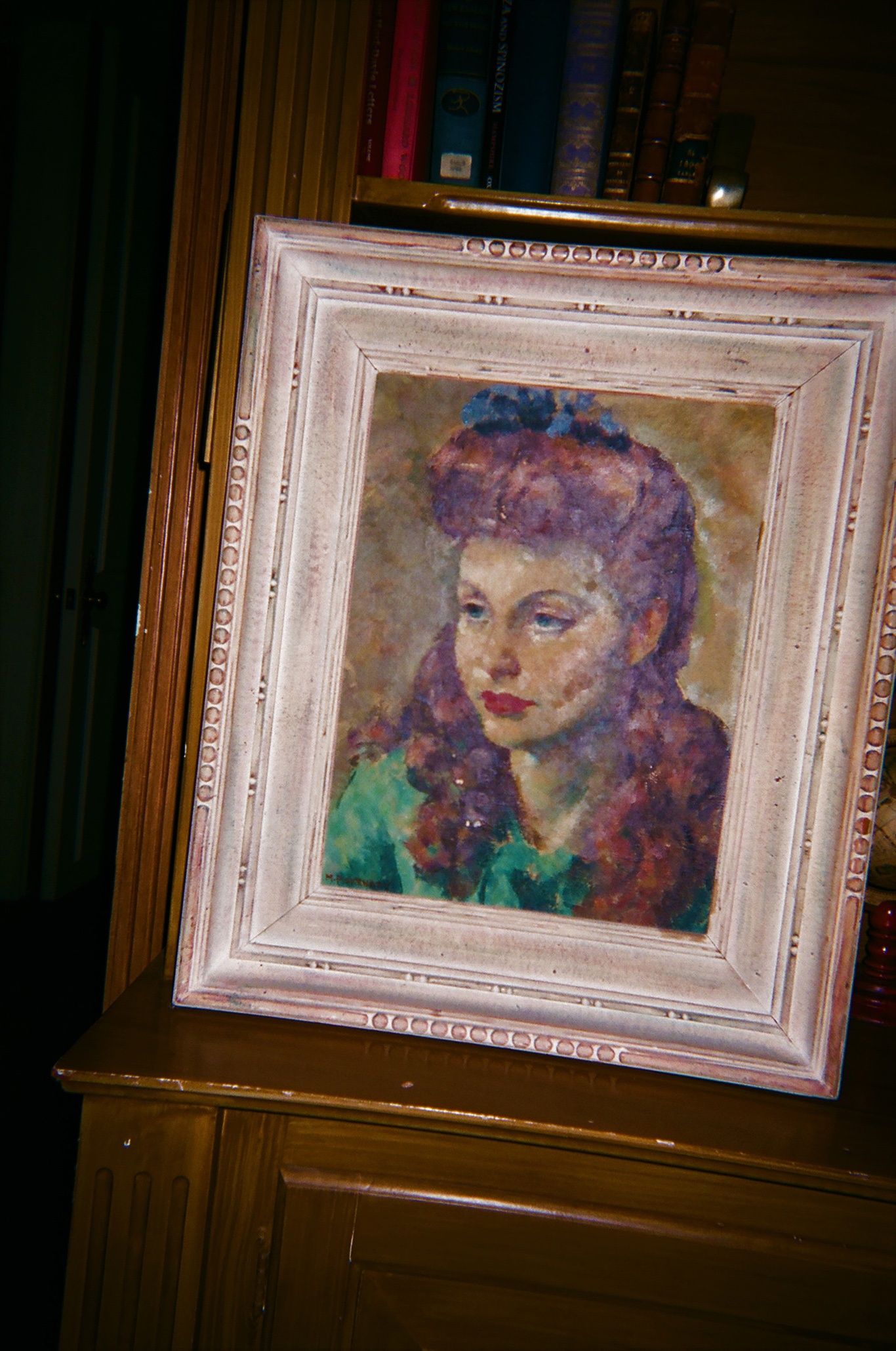
My Aunt
Speaking of—here she is, in a portrait painted by Mischa Askenazy, who was the lover of the lover of my grandfather (but presumably not at the same time) and also the father of the great friend of my aunt’s youth. Connections in Mighty Franks-land are rarely straightforward.
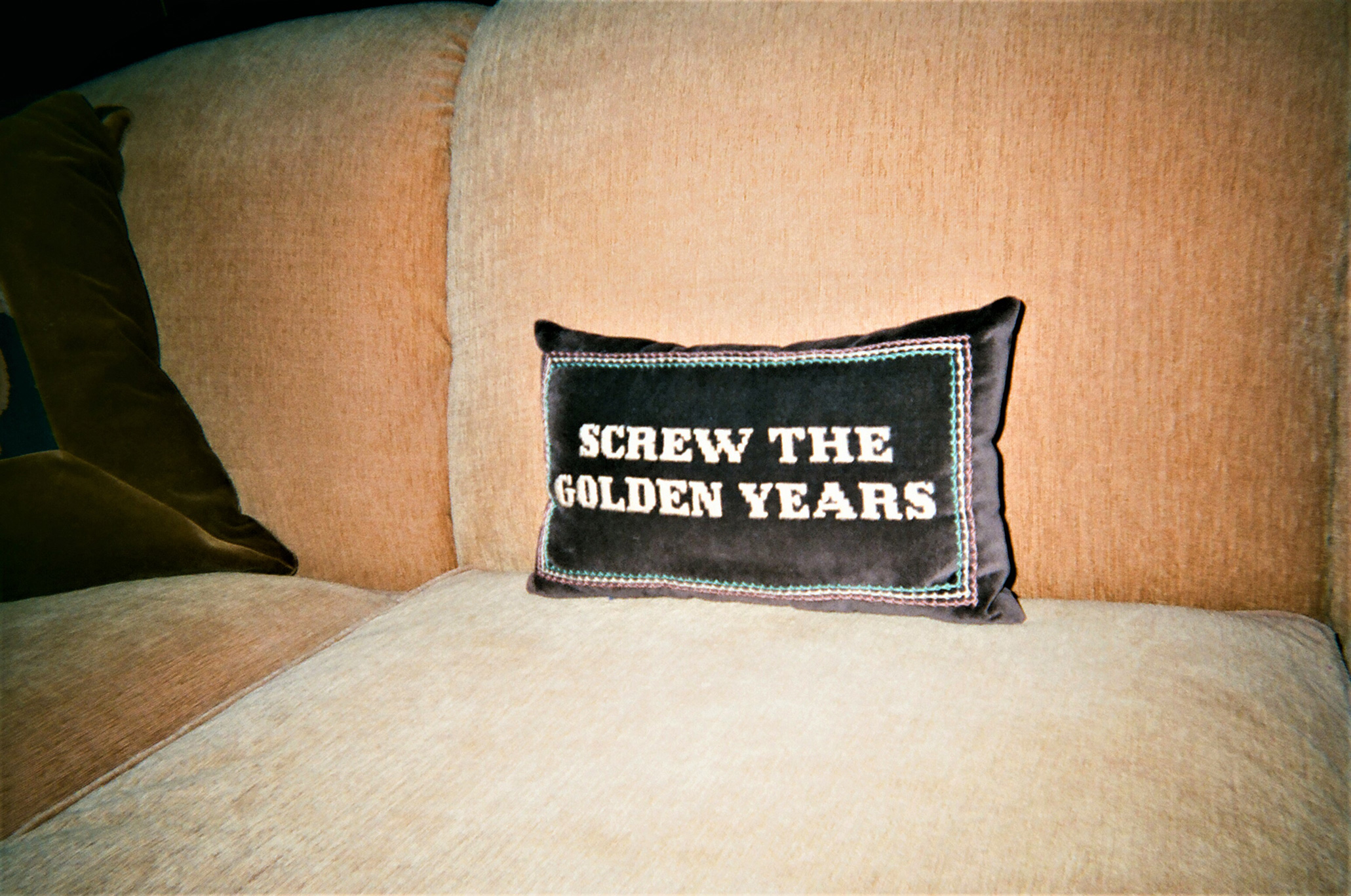
Old Age is Hell
One of my aunt’s many sayings. She is ninety-five now and has not—yet—completely lost her tooth. Nor has her interior decoration.

Senior
My paternal grandmother, in a portrait painted in the 1950s by a cousin of hers who lived in Brussels. When she decamped to Los Angeles (from Portland, Oregon) in 1939, my grandmother appropriated her daughter’s name: she, therefore, became Harriet Frank Senior and my aunt became Harriet Frank Junior. Strange?
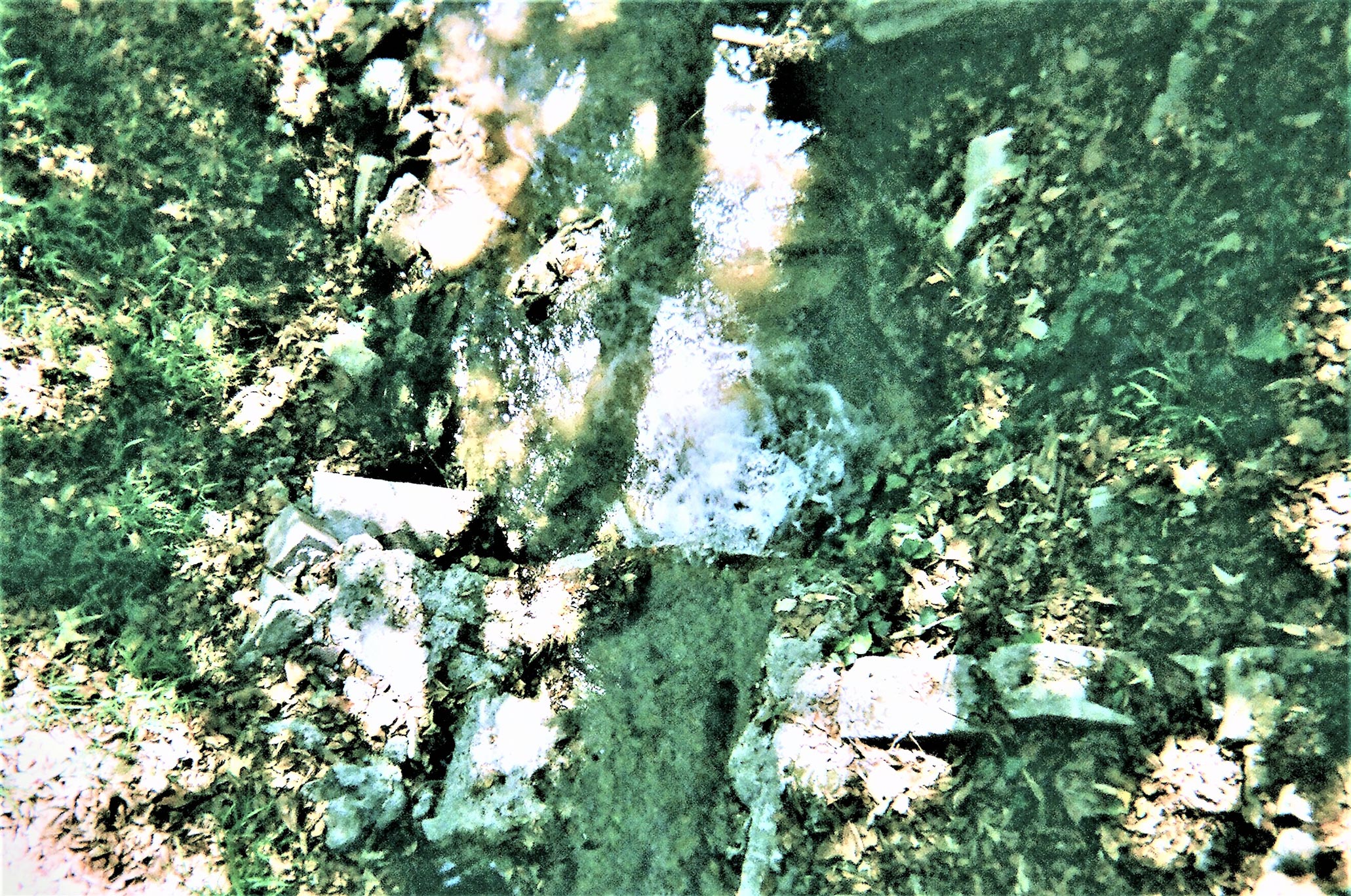
Stream
In geological terms, the canyon was formed by a stream, whose origins no one appears to have been able to identify. It still bubbles along most of the year: in LA, that waterless city. Also strange. And beautiful.

Collective Mailboxes
To this day, some streets in the canyon are not easily navigable by car. Someone came up with this creative solution to the problem of mail delivery a long time ago.

Holiday Decorations
In Laurel Canyon, it can sometimes still feel like it’s the 1960s.

Case Study House
While my aunt was busy amassing all things eighteenth century, up the street from her first house in the neighborhood Pierre Koenig was building a mid-century masterpiece, which seems as fresh and imaginative today as it did in 1958.

Boyhood Bedroom
An atypical room for an atypical boy . . . and yet the first piece of writing I ever published was a review (in my college newspaper) of Virginia Woolf’s diaries.
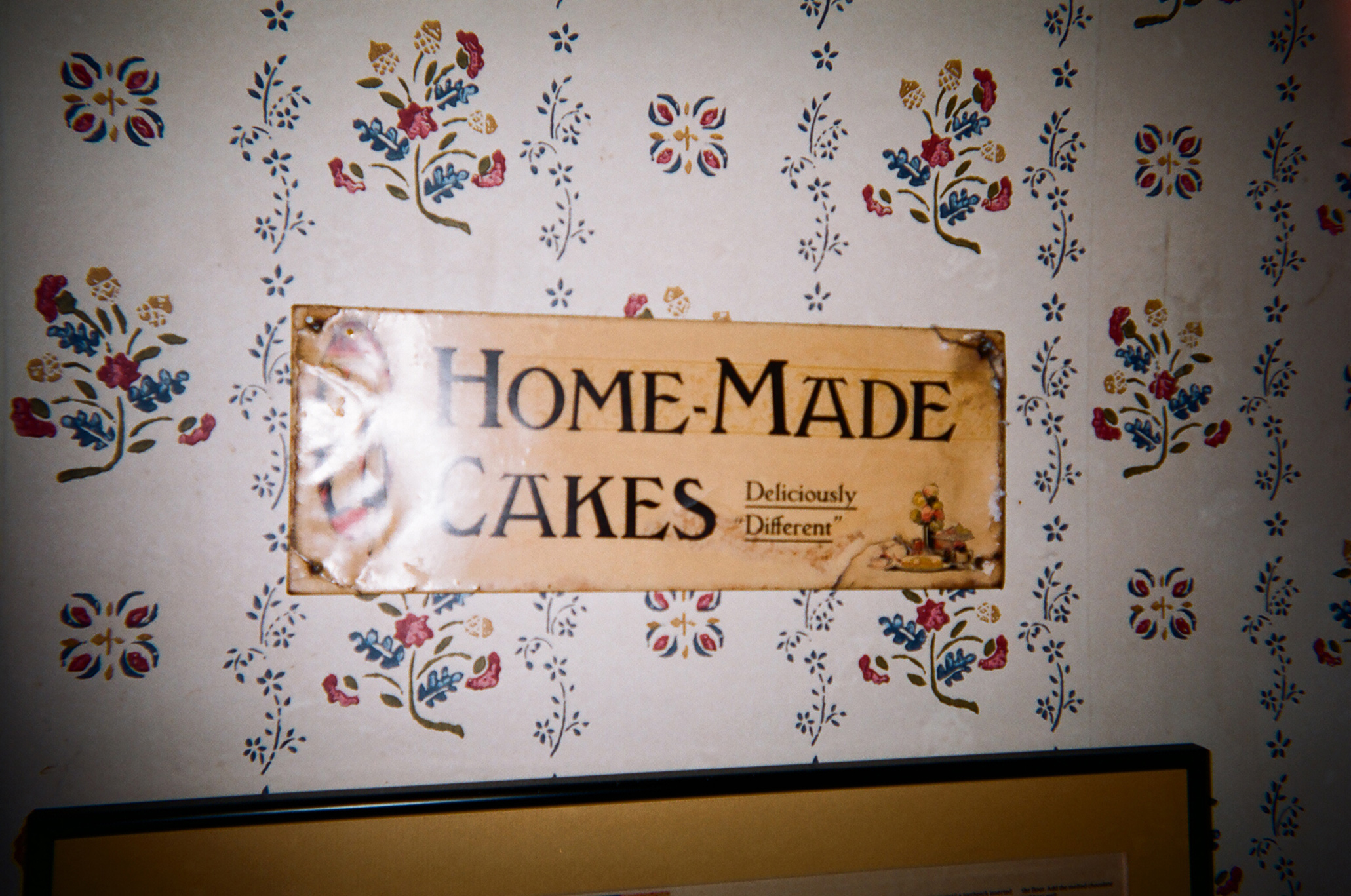
Deliciously Different
My parents have lived in their house for over half a century. By this point, every room contains memories, associations, traces of the past, possessions of the dead. My grandmother gave this sign to my father, who is a gifted baker, especially of cakes.
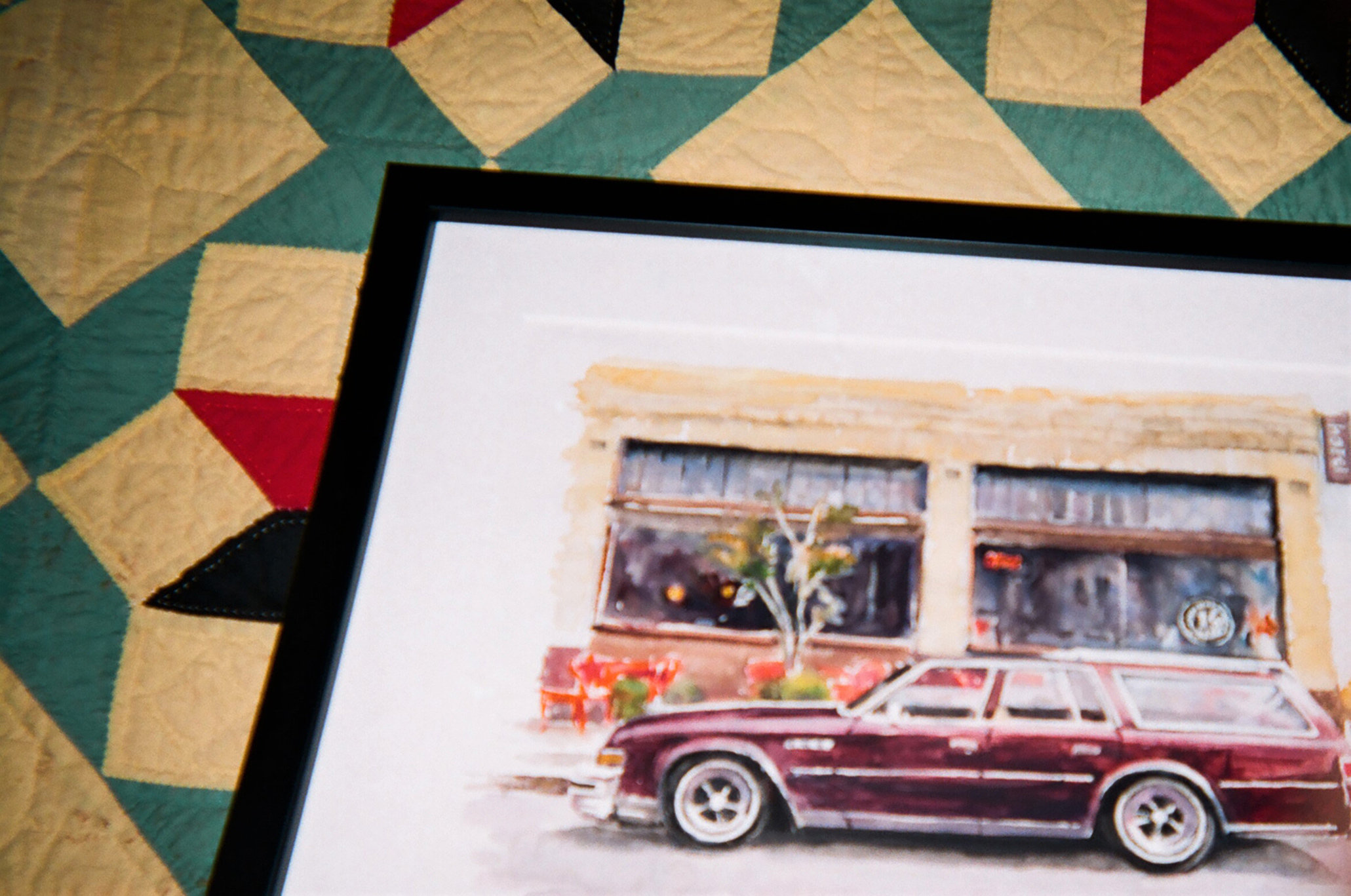
Estate Wagon
My father is, or was, obsessed with cars. We have discouraged him from selling his 1977 Buick Estate Station Wagon, memorialized here in a watercolor by Noel Thomas. It doesn’t drive so much as float through time and space.

Bluebird of Happiness
I painted this as a present for my aunt, on a piece of driftwood picked up on the beach in the Pacific Northwest. Childhood art has a way of contradicting, or anyway nuancing, the later narrative.

Kumquats
My maternal grandmother, Sylvia Ravetch, delighted in the kumquats that grew in my parents’ garden. She has been dead for forty-five years. The tree still lives. So does she, in my memory. She’s not the only one.

Circles
After all these years, Greenvalley Road now truly lives up to its name. These hula hoops seem to be floating in a sea of foliage; in fact they have been leaned, by my niece and nephew, against a citrus tree in the garden. Old house, new generation.
Michael Frank’s essays, articles, and short stories have appeared in The New York Times, The Wall Street Journal, The Atlantic, Slate, The Yale Review, Salmagundi, and Tablet, among other publications. His fiction has been presented at Symphony Space’s Selected Shorts: A Celebration of the Short Story, and his travel writing has been collected in Italy: The Best Travel Writing from The New York Times. He served as a Contributing Writer to the Los Angeles Times Book Review for nearly ten years. He lives with his family in New York City and Liguria, Italy.
